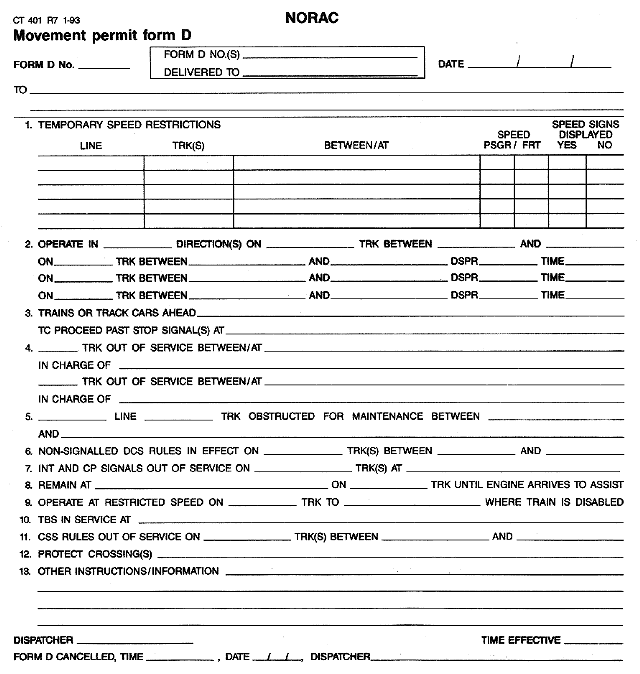- Joined
- Sep 15, 2017
- Messages
- 2,823
I was on Amtrak 140 today and it was a rough trip from NHV to SPG. They slowed down to 15 MPH in a section of the double track and I noticed during this the signals were flashing white. Later on we stopped just south of Hartford station single track and I saw the conductor filling out a norac form D and then reading instructions to the engineer over the radio on how to proceed between two fixed points. They seemed to stop just because Of this form - no train came through while we sat there. Not knowing exactly what this form is - would it be correct to surmise there was likely either a signal problem or signal maintenance outage?




